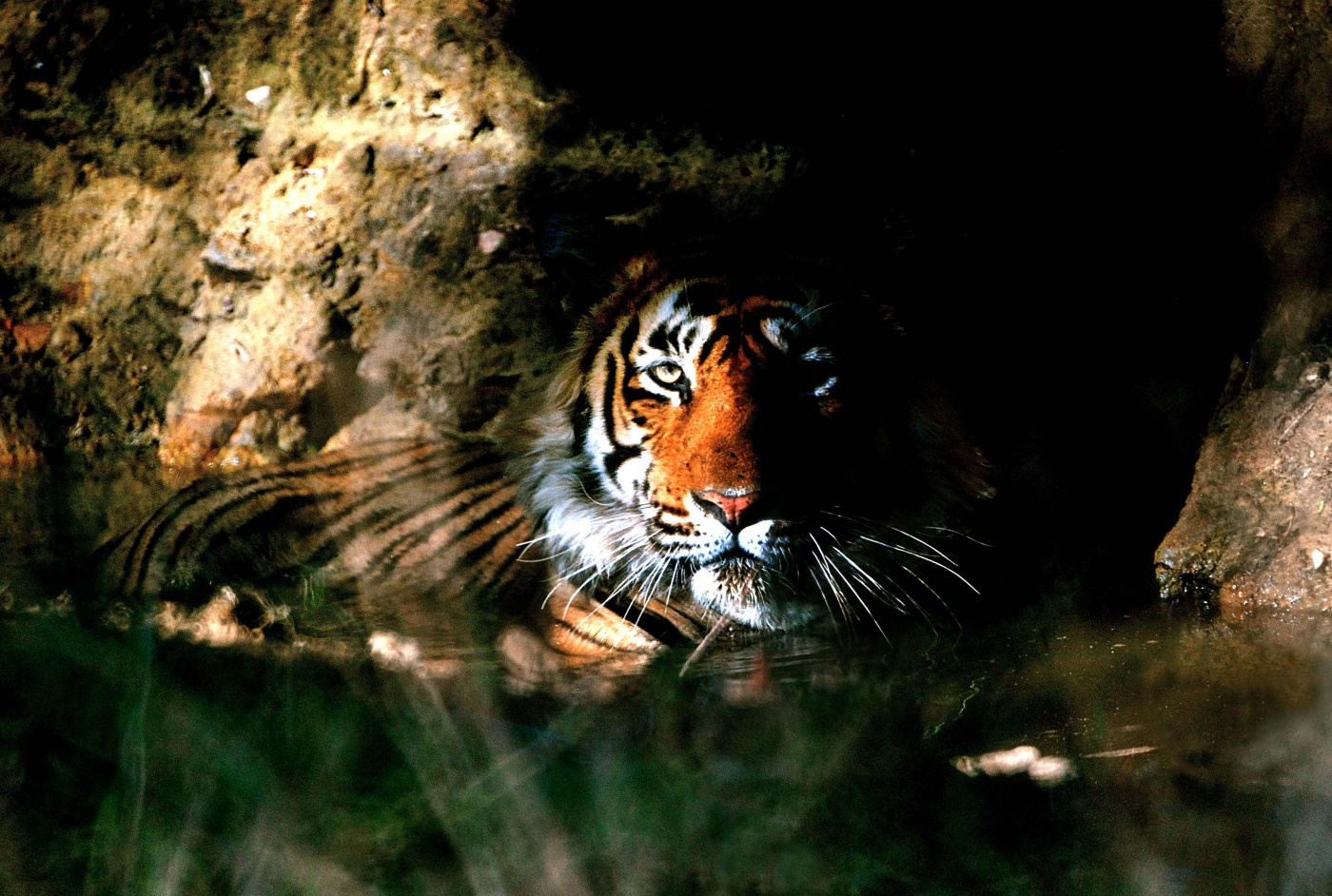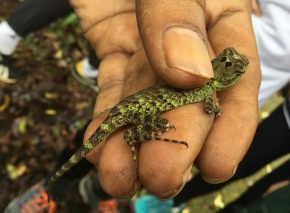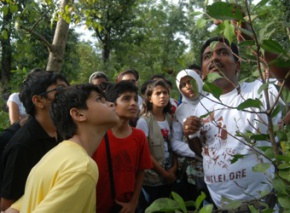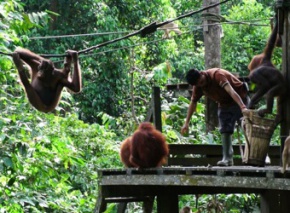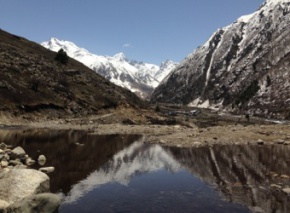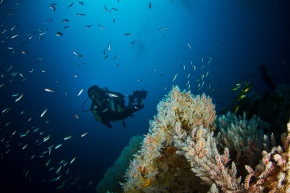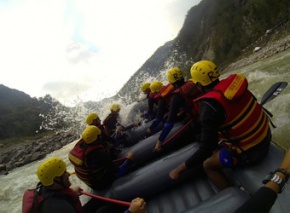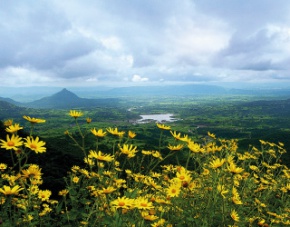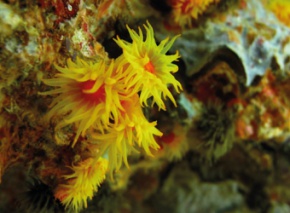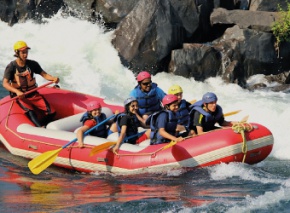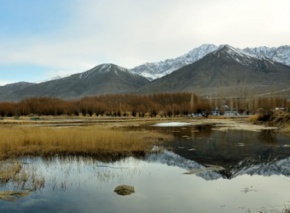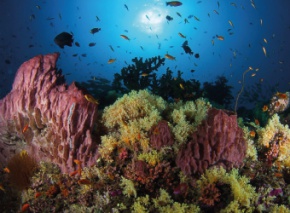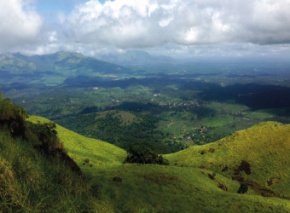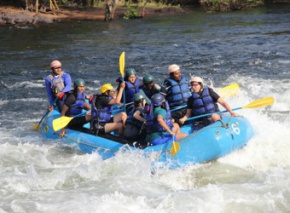
A trip to Ranthambore should atleast be 4 nights and 5 days so that it allows students to explore these activities curated for this module comfortably, with clear learning outcomes.
Given below are a few activities that can be conducted at this destination, along with the appropriate age group. Our forte is customisation, so feel free to select ONE, ALL or ANY combination of the below activities to design a trip unique to your curriculum and experiential learning needs.
www.nobledrugsstore.com www.canadadiscountpharmacy.com
Our expert will conduct an interactive tiger conservation slide show in which students will learn about various aspects of tiger behaviour and the myriad aspects of tiger conservation. Apart from gaining knowledge on the keystone species, this will also help students see benefits of conserving this majestic species.
A nature trail to Amruteshwar temple with expert naturalists will leave the students asking for more. The trail ends near a cliff where the students can see Vulture nesting’s and learn about the importance of scavengers and their role in the eco-system. Invasive species like acacia, juliflora have their effects on rich habitats and wildlife. We will carry out biological field sessions where the students will learn scientific methods of reading maps; line transects and quadrat analysis for population estimation.
Students will get to interact with the forest department officials to better understand the management of the forest and their responsibilities. Students will design an interview module post the slideshow for their session with the forest officials as part of the green champions’ module.
We will visit the local handicraft center for a workshop where apart from learning about the craft they will also learn about the economic dependency of the artists on tiger tourism and how this helps in conservation. As part of the segment we will also conduct a cultural song and dance performance where again the students will interview the artists on their dependency on tiger tourism.
We would be doing this safari in the core area of the park. Each zone is topographically different and the jungle safaris will take the students right in the heart of the forest, which is home to abundant wild life such as mammals (antelopes), various bird species and maybe cat species like the Tiger/Leopard/Jungle Cat or Caracal.
Apart from learning about the history of the majestic fort, the fort will also be our place for a social project. The Ranthambore fort attracts millions of devotees every year. This also means that the fort area is subjected to a lot of plastic waste disposal. To further make matters worse, the fort lies in the middle of a Tiger reserve, a highly eco sensitive area. Students will conduct a cleanup campaign at the fort with an aim of sensitising locals towards the ecological importance of the region.
The tiger reserve is surrounded by more than 40 villages belonging to different communities and is at the center of human-animal conflict debate. The students will conduct an anthropological survey on the life of these villagers to understand their relationship with the forest. We will also conduct a service based initiative where the students will work towards the benefit of the community inline with environmental conservation.
Apart from conducting litter management campaign and a service initiative with the villagers, students will create a video story board on tiger conservation and tourism as part of their study project. The storyboard will cover every aspect of the chart above through various activities.
This activity focusses on guiding students to hold a holistic view of wildlife conservation by exploring its varied aspects with an objective of meeting ESS, Geography and Biology field trip requirements. It will involve learning field research techniques and population estimation methods, such as line transects and area quadrats which will be part of the IA objectives in which students will engage in a comparative study of two different areas. It will cover the following aspects:
- Dynamics of species specific behaviour
- Basics of big game tracking
- Different stake-holders, their roles and responsibilities in wildlife conservation.
- Understanding forests and animals
- Protection & management of forests
- Studying & interacting with the dependents living in and around the forest
- Invasive species like Juli Flora and their effects on the eco system
- Human effects on the habitat
- Forest department management
- Conservation work
- Tourism its benefits, impact and management
It will also explore Human Geography related concerns, such as:
- Growth of tourism related infrastructure in relation to the main attraction of national park
- Effects of tourism - positive and negative from cultural, societal and nature preservation point of views
- Direct employment - forest guards, nature guides, hotel staff etc.
- Indirect employment - for e.g. vegetable store owners that sell inventory to the hotels
- Generation of employment beyond the sanctuary and India
- Promotion of entrepreneurship
- Sustainable economics of wildlife reserves
- Its effect on facets of global employment
- Infrastructural development due to tourism
- Its impact in resolution of conflict between man and animal
- Benefits of local involvement in tourism to conservation efforts
- Role of tourism in monitoring and nature conservation
- Education and sensitivity towards nature
- Effects on the lives of local populace due to tourism
- Fund generated for philanthropic work
- Management of tourism in the park
A dedicated and professional team of naturalists from Jungle Lore Student Expeditions will run sessions on behavioural attributes of the flora/fauna. Students will be trained in activities like transects, quadrants, canopy survey, orienteering, basic survival skills, first-aid,etc.
CONSERVATION CONCERN
The population around the Ranthambore Tiger Reserve is mainly agriculturist, pastoralist and labour class, dependent upon the natural resources of the reserve. The tiger reserve has some negative impacts on the population of the adjoining settlements, such as, raiding by wild animals, live stock kills etc.
The area is an ecological island burdened with heavy pressure of human and cattle population. The economy and livelihood of local people depend to a large extent on the resources of reserve leading to deterioration of the habitat and increased human-animal conflict.

Related Destinations

Region: India
Active Modules: Terrestrial Ecosystem Exploration, Project Based Trips, Life Skills Expeditions

Region: India
Active Modules: Terrestrial Ecosystem Exploration

Region: India
Active Modules: Terrestrial Ecosystem Exploration, Service and Sustainability

Region: India
Active Modules: Terrestrial Ecosystem Exploration, Project Based Trips, Service and Sustainability

Region: India
Active Modules: Terrestrial Ecosystem Exploration, Project Based Trips, Service and Sustainability

Region: Borneo
Active Modules: Terrestrial Ecosystem Exploration, Project Based Trips

Region: India
Active Modules: Terrestrial Ecosystem Exploration, Project Based Trips

Region: India
Active Modules: Life Skills Expeditions, Project Based Trips, Service and Sustainability

Region: India
Active Modules: Marine Ecosystem Exploration, Project Based Trips, Service and Sustainability

Region: India
Active Modules: Marine Ecosystem Exploration, Life Skills Expeditions

Region: India
Active Modules: Life Skills Expeditions, Project Based Trips

Region: Sri Lanka
Active Modules: Marine Ecosystem Exploration, Project Based Trips

Region: India
Active Modules: Life Skills Expeditions, Project Based Trips, Service and Sustainability

Region: India
Active Modules: Life Skills Expeditions, Service and Sustainability

Region: Thailand
Active Modules: Marine Ecosystem Exploration, Service and Sustainability, Project Based Trips

Region: India
Active Modules: Life Skills Expeditions, Project Based Trips, Service and Sustainability, Terrestrial Ecosystem Exploration

Region: Vietnam
Active Modules: Life Skills Expeditions, Service and Sustainability

Region: Borneo
Active Modules: Speleology Expeditions, Life Skills Expeditions, Service and Sustainability

Region: Borneo
Active Modules: Life Skills Expeditions, Service and Sustainability, Marine Ecosystem Exploration

Region: Greece
Active Modules: Marine Ecosystem Exploration, Life Skills Expeditions, Service and Sustainability, Project Based Trips

Region: India
Active Modules: Project Based Trips, Life Skills Expeditions, Service and Sustainability, Terrestrial Ecosystem Exploration

Region: India
Active Modules: Life Skills Expeditions, Project Based Trips, Service and Sustainability
